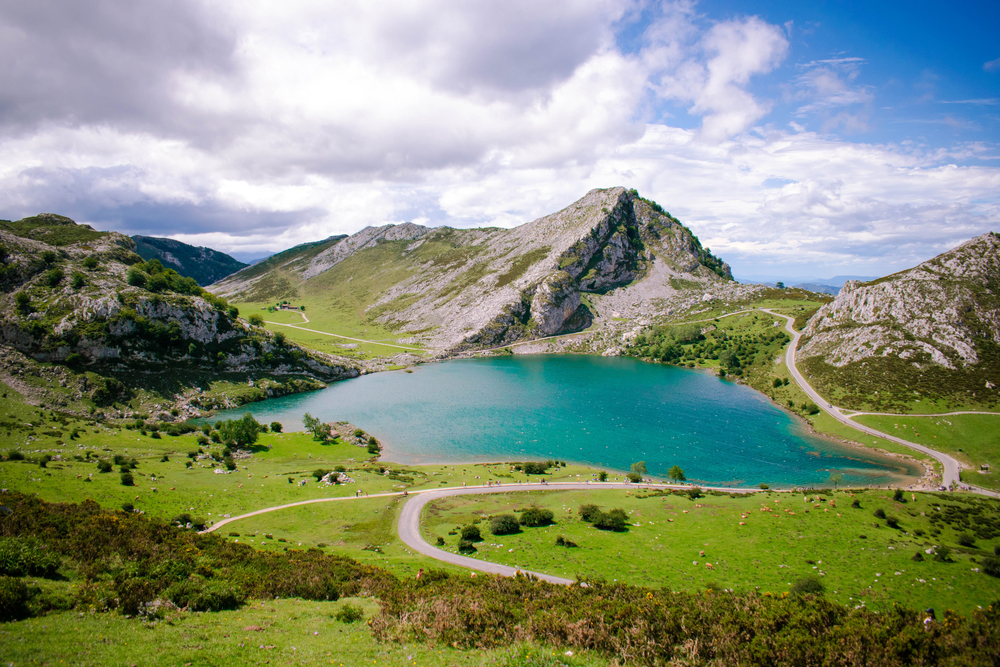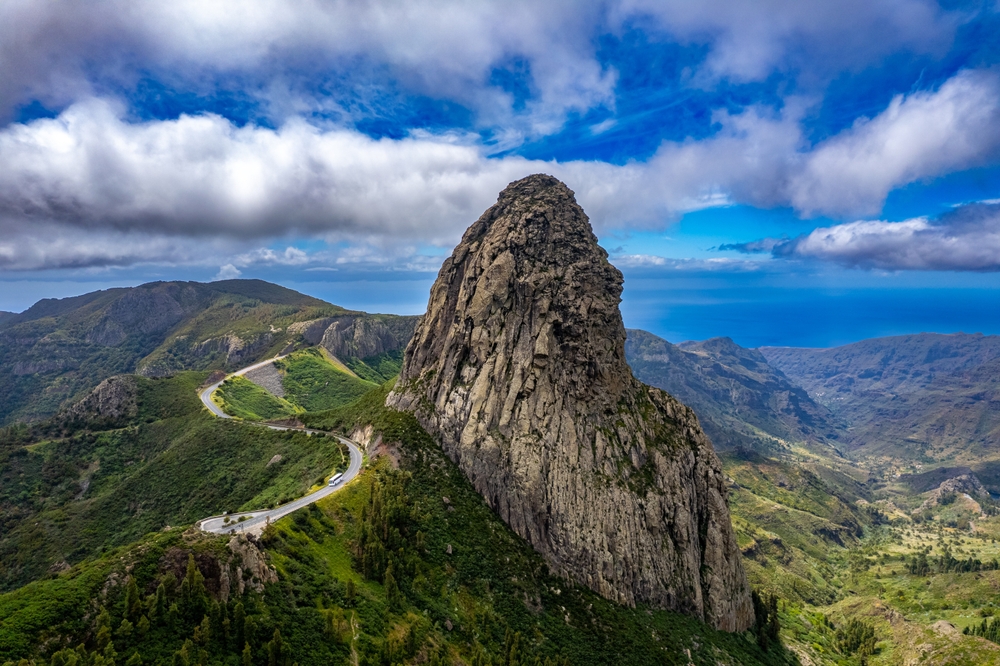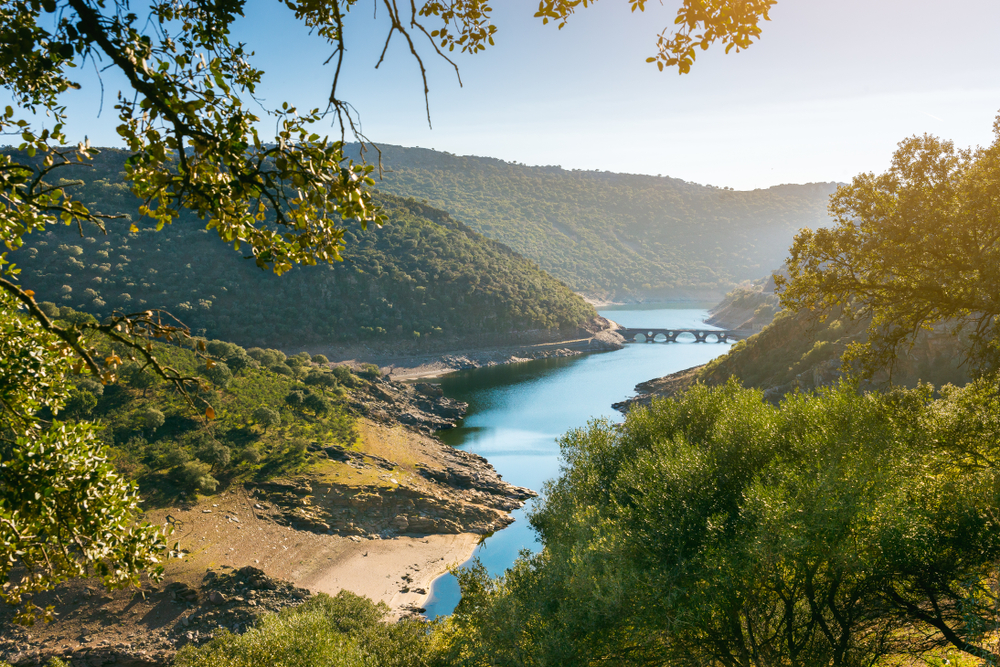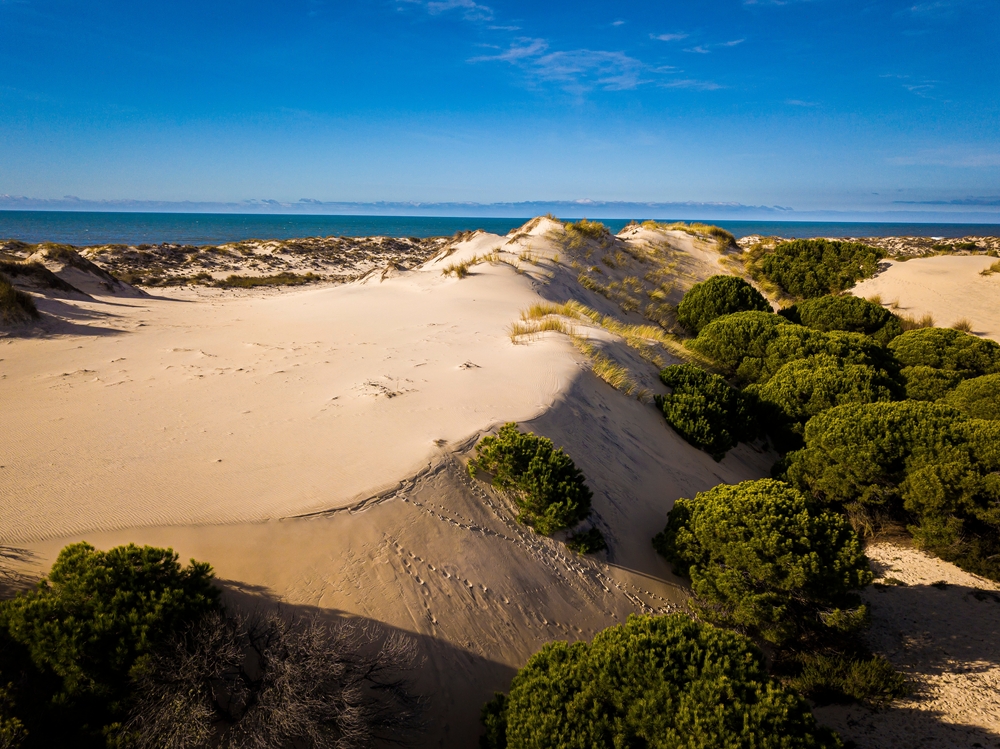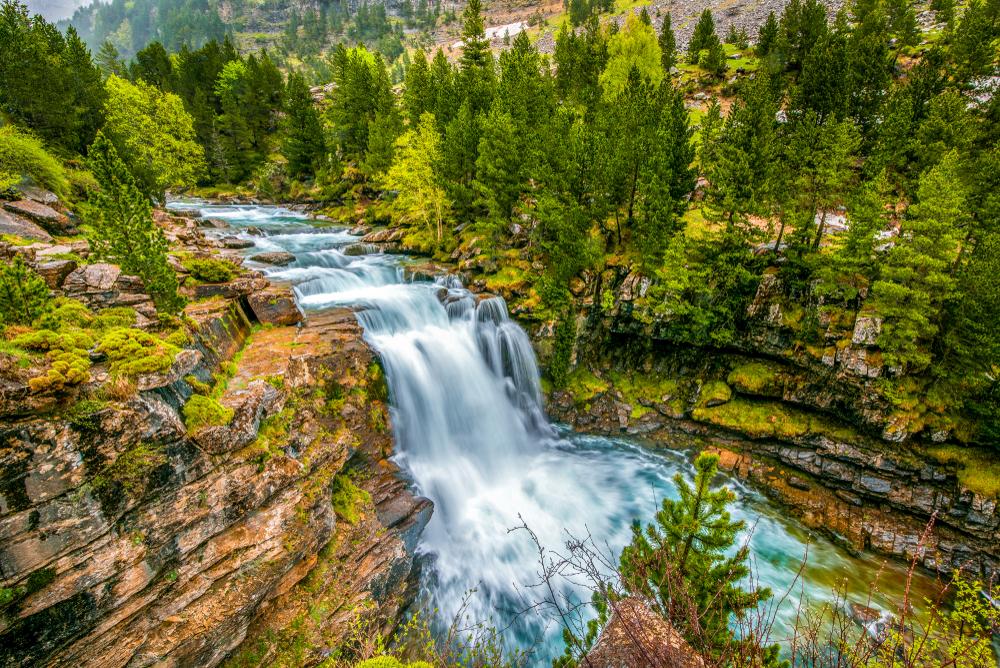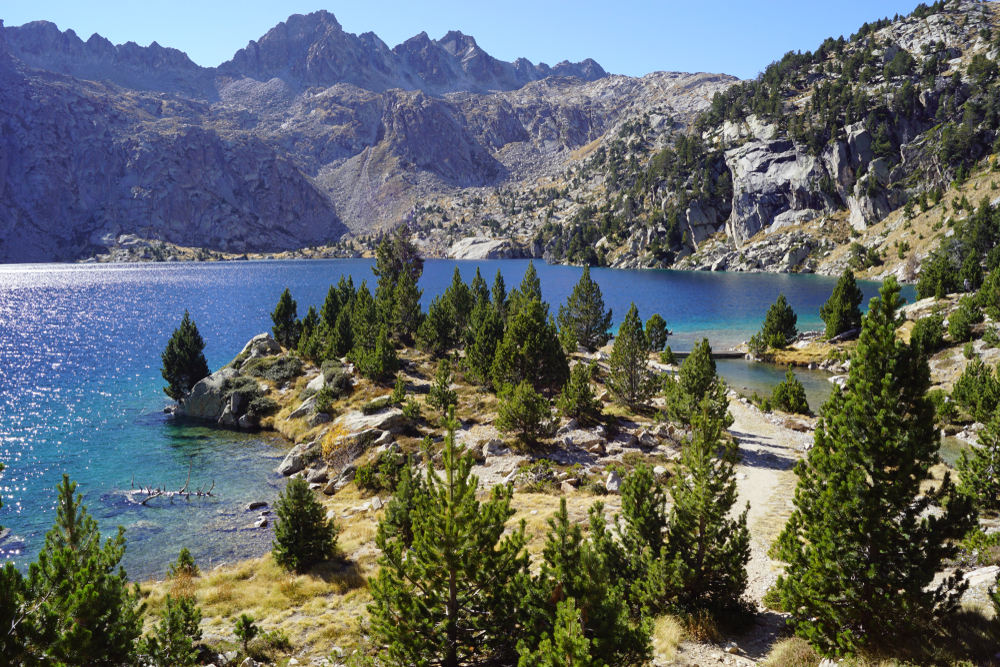Picos de Europa Overview
Picos de Europa National Park, known locally as Parque Nacional de los Picos de Europa, is one of Spain’s most renowned natural reserves. Established in 1918, it holds the distinction of being Spain’s first national park and spans approximately 250 square miles (646 square kilometers).
Located in northern Spain, the park extends across the regions of Asturias, Cantabria, and Castile and León, offering a dramatic landscape that showcases some of the most breathtaking mountainous scenery on the Iberian Peninsula.
The park’s terrain is dominated by the Picos de Europa mountain range, which is an extension of the Cantabrian Mountains. These limestone peaks, shaped over millions of years by glacial and karstic activity, rise sharply from deep valleys, creating a striking contrast. The most famous of these summits is Torre de Cerredo, the highest peak at 8,690 feet (2,648 meters).
Another iconic feature is Naranjo de Bulnes, also called Picu Urriellu, a sheer rock face revered by climbers for its challenging ascents. The landscape is punctuated by glacial lakes, including the picturesque Lakes of Covadonga, which are among the most visited sites in the park. Fast-flowing rivers such as the Cares, Deva, and Sella carve through deep gorges, including the dramatic Cares Gorge, offering some of the most stunning scenery in Spain.
The park’s vegetation varies with altitude, featuring lush beech and oak forests in the lower elevations and alpine meadows higher up, where hardy grasses and shrubs thrive among the craggy peaks.
Picos de Europa National Park is a haven for wildlife, with an array of species that thrive in its varied ecosystems. The park is home to the Iberian wolf, a symbol of Spain’s wild landscapes, as well as the elusive Cantabrian brown bear, which can sometimes be spotted in remote areas. Other notable mammals include chamois, red deer, wild boar, and the European otter, which can be seen along the park’s riverbanks.
Birdwatchers can enjoy sightings of golden eagles, griffon vultures, and the rare bearded vulture, which soars over the rugged peaks. The park is also home to the endangered Cantabrian capercaillie, a striking species of grouse that inhabits the dense forests.
Visitors flock to the park for its outstanding natural beauty and outdoor recreational opportunities. Hiking is one of the most popular activities, with trails ranging from easy walks to challenging routes that traverse the rugged peaks. The Ruta del Cares, a spectacular trail carved into the cliffs of the Cares Gorge, is one of the most famous hikes in Spain.
For mountaineering enthusiasts, the sheer walls of Naranjo de Bulnes provide one of the most sought-after climbing experiences in the country. The park also attracts cyclists, kayakers, and horseback riders who explore its valleys and rivers. In winter, certain areas of the park become ideal for snowshoeing and mountaineering.
Conservation efforts in Picos de Europa National Park have focused on preserving its delicate ecosystems and protecting key species, particularly the Cantabrian brown bear and Iberian wolf. While tourism provides economic benefits to local communities, balancing visitor impact with environmental conservation remains a challenge.
However, successful wildlife protection programs and sustainable tourism initiatives continue to help maintain the park’s natural integrity, ensuring that its breathtaking landscapes and diverse wildlife remain protected for future generations.








































































